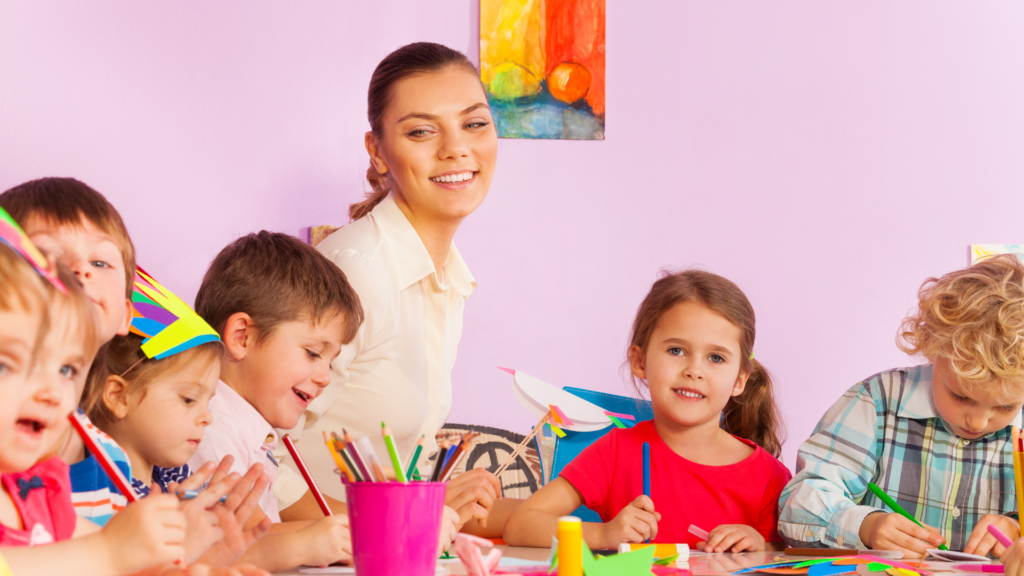Preparing a school for a new academic year is like organizing a big event: everything needs to be in place to welcome children and families warmly. Most importantly, everyone involved needs to know exactly what to do! To help you kick off the year successfully, let’s go over some essential procedures that make a big difference in early childhood and elementary education, especially in bilingual schools.
While the adaptation period can be challenging, thoughtful planning can make it a positive experience for everyone involved. Shortened schedules, welcoming activities, and allowing parents to stay initially help children feel safe and comfortable. This predictable environment fosters a sense of security and allows them to thrive.
Pedagogical planning is another non-negotiable. Before everything starts, take time to meet with your team to align objectives, strategies, and methodologies. Review the curriculum and select materials that genuinely support children’s development. When the planning is solid, classes run smoothly, and everyone feels more at ease.

Team organization is key as well. Who does what during the routine? Who will lead transitions or oversee snack time? Defining these roles prevents confusion and burnout. When everyone knows their responsibilities, teamwork becomes lighter and more efficient.
For bilingual schools, implementing bilingual procedures deserves special attention. How will you integrate the additional language throughout the day? From basic commands to more complex activities, it’s essential to ensure the additional language is naturally and consistently present. This builds children’s confidence and engagement in the learning process.
Space management is another crucial factor. Well-organized, accessible classrooms make a big difference. Think about how materials are arranged—are they within children’s reach? Are there clear areas for different activities? Do teachers know how and when to use shared spaces? Thoughtfully designed spaces not only stimulate learning but also help maintain order, saving time and energy for everyone.
When it comes to time, routines and transitions need to be well-defined. Predictable routines and small rituals for transitions—like a song to signal cleanup time—help children understand what’s coming next and stay organized. This reduces chaos and makes the day flow much more smoothly.
And let’s not forget families! Communication with parents is essential. Before the school year even starts, open channels to share expectations and answer their questions. This builds a foundation of trust that will last all year. Engaged families contribute to children’s success!
Finally, don’t overlook evaluation and adjustments. Having a plan to review what’s working (and what’s not) is vital. Hold regular meetings with your team, observe classrooms, and be open to feedback from families. Continuous improvement helps your school grow and stand out.
Now that you know what to focus on, it’s time to plan how to implement each procedure. Define the steps, assign responsibilities, and make sure everyone on your team is aligned and informed. When every detail is clear and well-structured, the entire process runs more smoothly and efficiently, ensuring your school starts the year with purpose and organization.
With these procedures in place, you’re not only setting the stage for a smooth start but also creating an environment where children, teachers, and families feel welcomed and ready to learn together. So, why not put these ideas into action and kick off the year on the right foot?